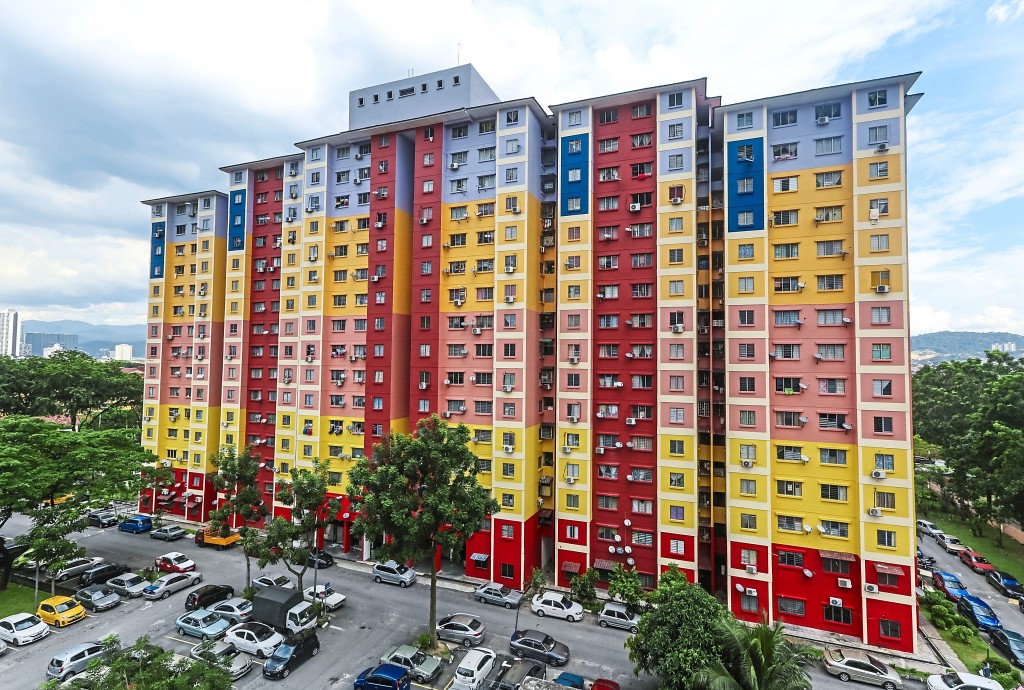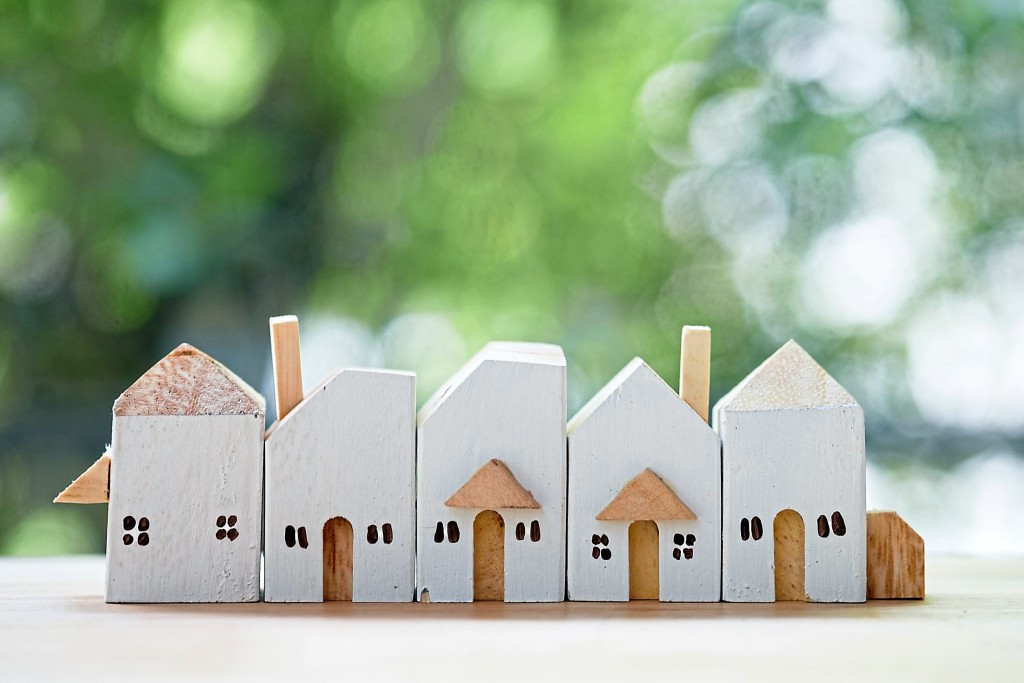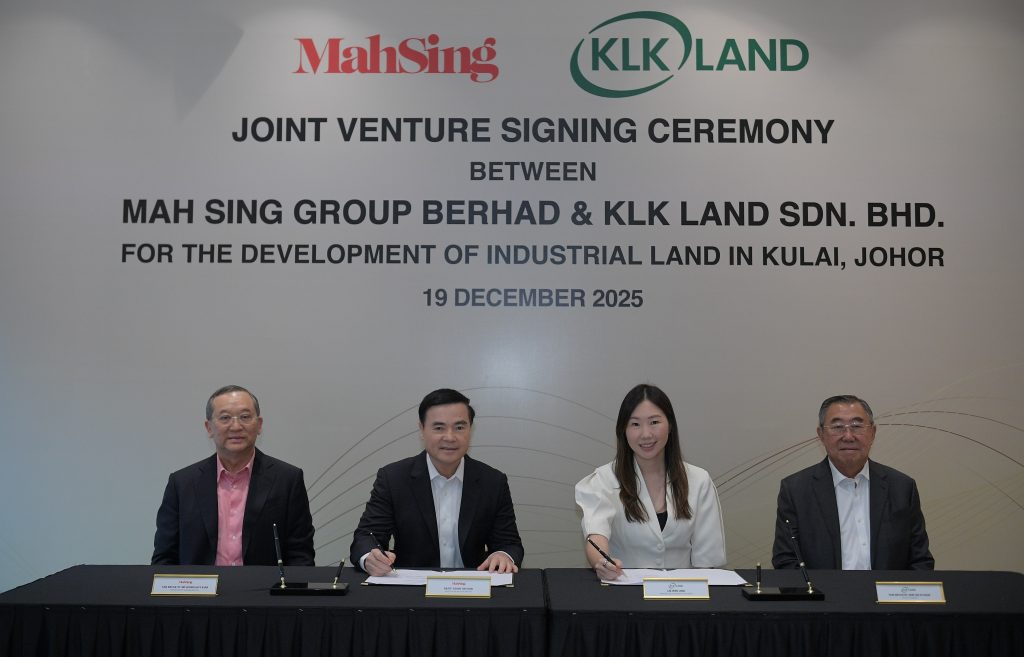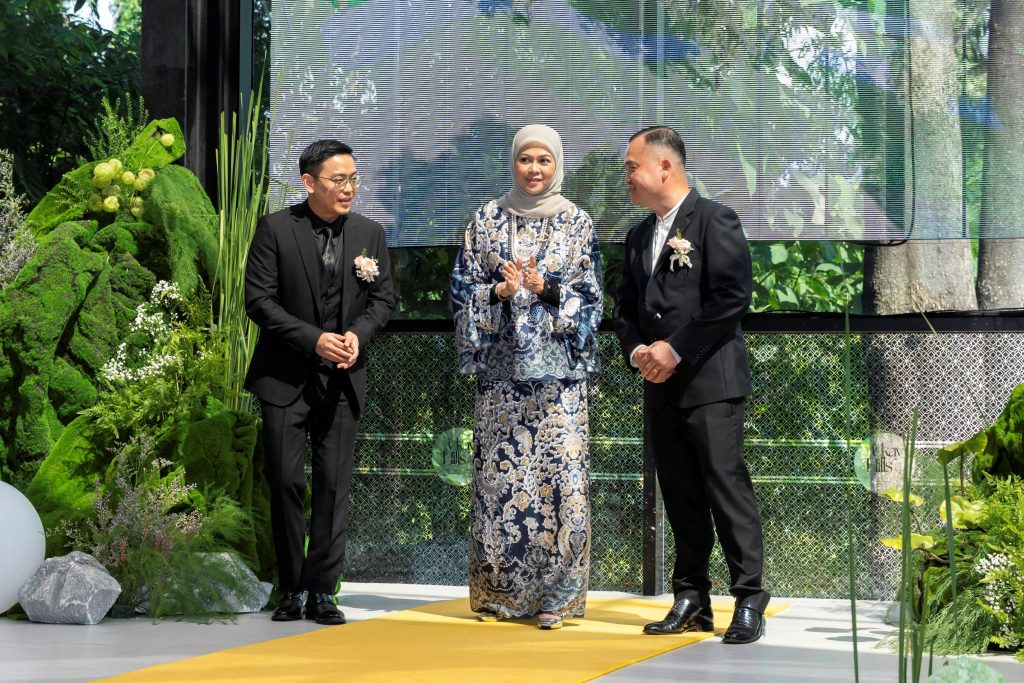By: Yanika Liew
Green homes is possible for lower cost developments via good passive designs
Developers are incorporating more sustainable features into their projects, but most of these projects are on the higher end, more expensive and out of the reach of the majority of the public. Is it really affordable if it’s not sustainable, and is it really sustainable if it’s not affordable?
Malaysia’s affordable housing developments have been steadily improving, but affordable housing must also be sustainable for proper urban development.
“Affordability and sustainability are complementary and not mutually exclusive. A green home can be affordably incorporated with enablers to facilitate sustainable living through proper site selection and good passive design,” said GreenRE executive director Ashwin Thurairajah.
GreenRE, set up by the Real Estate and Housing Developers' Association (Rehda) in 2013 to drive sustainability in Malaysia's real estate industry, promotes it holistically across the full lifecycle of a residential project with certification standards for developers and best practice guidance for homeowners enabling them to benchmark the performance of their property.
Ashwin noted that the key to a cost-effective green home was careful planning, clear coordination and a strong buy-in by all stakeholders including developers, local authorities and homeowners.
Citing a recent study by award-winning environmental sustainable design consultancy IEN Consulting, the impact areas for focus in designing and operating a green home in Malaysia are commuter transport, construction materials and home electricity consumption.
“Passive design done right enables improved energy efficiency and enhanced indoor environmental quality in a building. It has the greatest multiplier effect in terms of cost vs environmental benefit provided it is considered early in project design. The resource consumption of a home can be reduced by up to 50% consequently lowering energy bills for operation,” Ashwin said.
An example of a design approach for sustainable housing is to minimise east and west-facing facades in building orientations.
In Malaysia’s tropical climate, these are the sides of a building with the most heat gain. Lowered heat gain corresponds to reduced size in the air-conditioning system, lowering upfront and operational costs.
But what about the social aspects of sustainability? Sustainability is often seen from the larger, environmental aspect, but it involves other aspects as well, especially in the affordable housing environment.
“It is important to ensure that residents benefit well from their environment, and even reduce further harm,” Universiti Teknologi Malaysia Faculty of Built Environment and Surveying senior lecturer Dr Zakri Tarmidi said.
To improve the social sustainability of these affordable homes, he pointed to the relationship between home locations and other public amenities, such as community facilities, public transportation, religious spaces as well as safety and health considerations. These amenities would create not just sustainable homes, but sustainable cities.
“If we look, affordable housing was originally focused on providing homes that can be bought by the low and middle-income groups. If you look literally, it only focuses on the economic aspect. But unknowingly, to live with a group of people requires a better environment. Especially in terms of social aspects, human-to-human relationships, as well as facilities that can enhance interaction among residents,” Zakri said.
The social aspect of sustainable development is crucial as it is the community that creates sustainable cities.
“Progress has been slow due to the wrong perception that affordability and sustainability are competing constraints. Developers play a key role in incorporating sustainability enablers into project development. We are working closely with developers to incorporate good passive designs and low carbon materials in a cost-effective manner,” Ashwin said.

“It is important to ensure that residents benefit well from their environment, and even reduce further harm,” Zakri said.
IEN Consultants director Tan Khim Bok pointed out that a majority of Malaysia’s housing development was designed and built by private developers, and these companies exist to make a profit. In addition, developments targeting the M40 and T20 group provide better profit margins as well as visibility.
“Affordable housing developments have been largely to meet local authority requirements where a new township development requires that the developer also constructs a certain number of units of affordable housing.
“What happens is that many developers will set aside the least desirable plots of land to construct affordable housing. They would also spend the minimal effort and cost to design and build these housing, as long as the houses meet local authority minimum specifications of size, construction materials and finishes,” Tan said.
Increasing the development of affordable sustainable housing requires not only cooperation from the government and private developers, but also the willpower to make the climb.

Apartments can reduce electricity consumption by facing the parts with the
biggest surface area in a North-South direction.
Tan described two options that he believed could increase such development.
The first option would be a government-issued design and built contract where the land for development is owned by the government and identified to be suitable for housing development.
This type of contract is currently used for government hospitals and government schools. Interested contractors would submit their best offer and the client, in this case, the government, would specify all performance criteria that had to be met, including sustainability targets.
Once completed, the facility management and operations, which is just as important as the design and construction, would be handed over to appointed concessionaire companies, similar to how the government hospitals have been maintained.
“The second option is for there to be a standardised affordable housing design to be adopted. The design, construction material, specifications, finishes, amenities and other features would have been well thought through and incorporated.
“There could be a design competition for design teams of architects, engineers and builders to propose their design for the affordable housing that would be most suited for the demographic of the target occupants – addressing issues of sustainability and livability. The winning design would be adopted by the government and all future designs would be constructed to this template.

“Buyers should want to live there because they want to, and not because these are the only units they can afford,” Tan said.
“In both options, the government has to play a much more central role. This is maybe the only way to reduce the priority and focus to be profits,” Tan said.
There is a large gap between the carbon footprint of the rich and the poor. Based on data, the wealthiest 10% of the people are responsible for nearly half the world’s CO2 emissions.
Sustainability for affordable housing should thus focus more on making these homes more livable and reducing the cost of living, whilst still maintaining good levels of comfort and indoor quality for the occupants.
In describing what the future of sustainable affordable housing could look like, Tan drew inspiration from the architecture of the longhouses in Borneo, with the concept of living geared towards communal rather than separated homes.
“I think the best quote for this is the Chinese proverb that says, The best time to plant a tree was 20 years ago. The second-best time is now. Affordable housing should be desirable. Buyers should want to live there because they want to, and not because these are the only units they can afford,” Tan said.
Applying sustainable technologies to low-income housing
One of the biggest hurdles in providing sustainable technologies to low-income housing in an urban setting is the initial set-up cost even though the running costs are cheaper and save money in the long run. Not to mention, such technology is better for the environment and beneficial to the users.
“Many sustainable technologies are more expensive than traditional ones, which deter residents and housing organisations alike,” SOLS Energy founder and chief executive officer Teacher Raj Ridvan Singh said.
Last year, SOLS Energy deployed solar lights in over 90 Orang Asli (OA) homes across three villages in partnership with Petronas, as a corporate social responsibility initiative.
“On average, an OA homeowner gets electricity for one to two hours per night and has to pay RM4 every two days. Alternatively, they use diesel generators, kerosene lamps or candles. This is firstly costly, and secondly, it has noise pollution and air pollution from the kerosene, affecting their eyes and overall health. Going solar is so much cheaper and sustainable compared to diesel generators, kerosene lamps and candles,” he said.

“Our dream is that all the 3.9 million suitable roofs in Malaysia will be powered by solar
in the next 10 years,” Singh said.
Despite these benefits, solar energy is not yet accessible to everyone. The high cost of installation is one barrier, as is the lack of knowledge about how solar works and how to go about getting panels installed.
“Banks should also look into better ways of providing loans for people looking to purchase solar panels. The current interest rates available are still not enticing enough for all to get solar on their roofs. This is something we at SOLS Energy are working very hard to change. Our dream is that all the 3.9 million suitable roofs in Malaysia will be powered by solar in the next 10 years,” Singh added.
He noted that sustainable technologies implemented in low-income housing communities could include energy efficiency measures, renewable energy sources, green transportation options, and waste reduction strategies.
“One way is to retrofit existing buildings, making them more energy-efficient and environmentally friendly. Another way is to build new housing developments that incorporate sustainable features, such as solar panels. And finally, we can make use of modular construction methods to create affordable housing that is both smart and sustainable.”
Stay ahead of the crowd and enjoy fresh insights on real estate, property development, and lifestyle trends when you subscribe to our newsletter and follow us on social media.















































